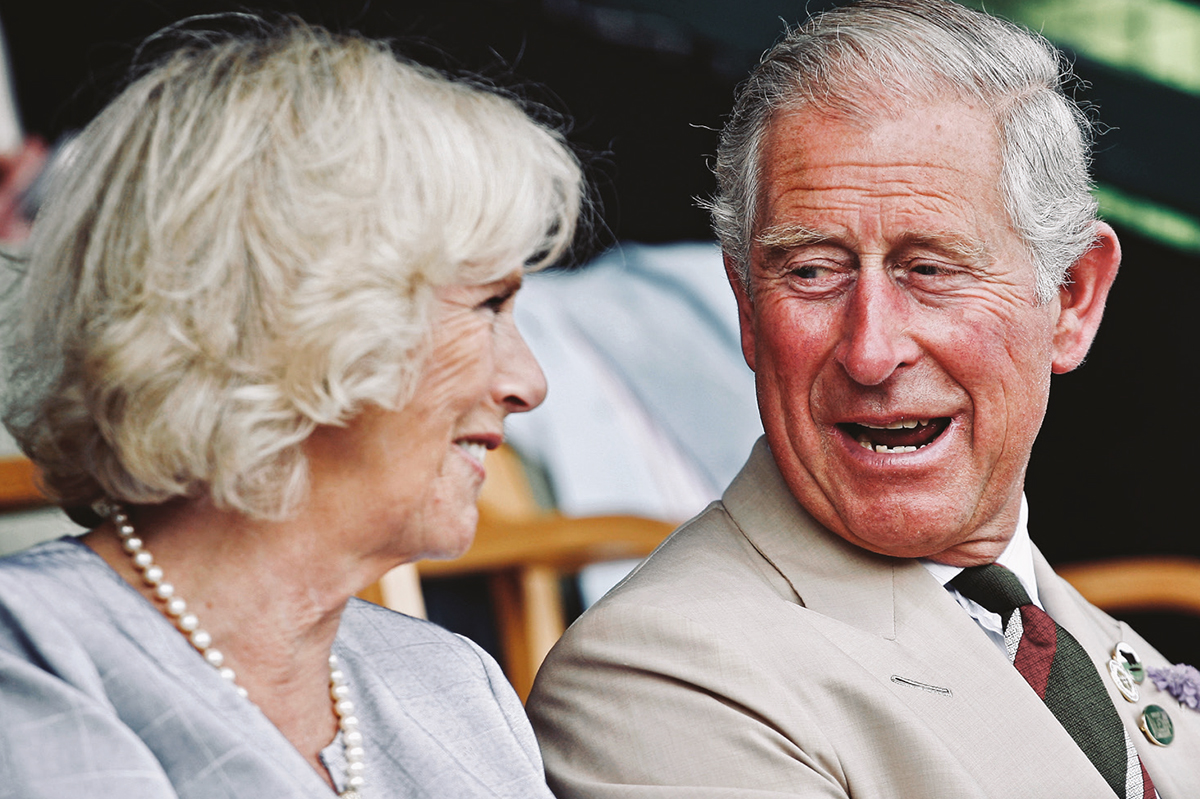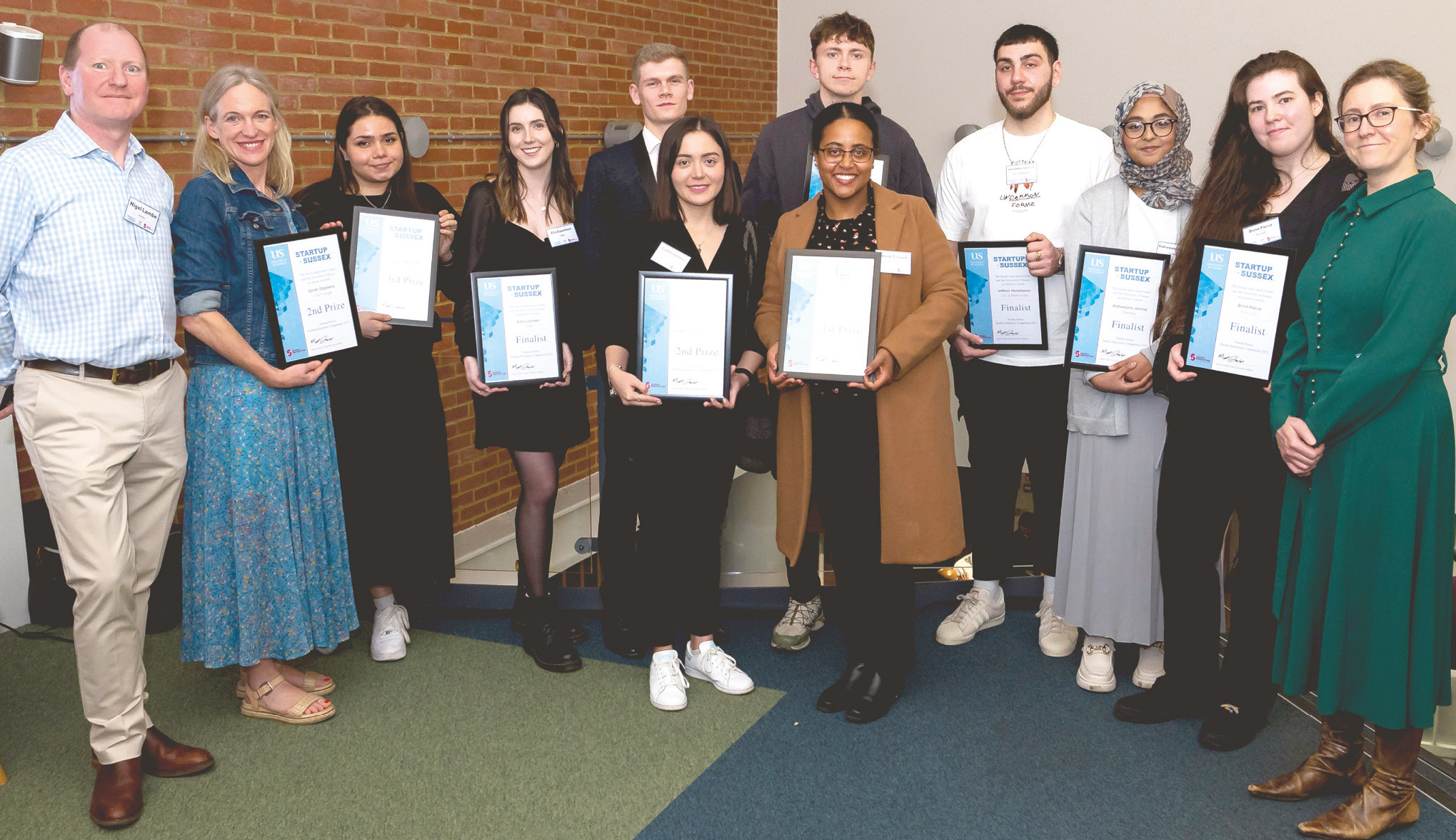
King Charles III, for 70 years heir to the British throne is, at the age of 74, the oldest monarch to be crowned. He has waited a long time, and not without a certain amount of irritability and frustration. By Alan Wares
Charles Philip Arthur George was born in Buckingham Palace on November 14th 1948. The family name was Mountbatten, and changed to Mountbatten-Windsor in 1960. However, Charles chose not to use the family name at all. At the time of his birth, he became second in line to the throne, dislodging Princess Margaret, herself hitherto second to the heir presumptive and Charles’ mother, Princess Elizabeth.
Upon his mother’s accession to the throne on February 6th 1952, Charles assumed the title of heir apparent, with his sister Anne now next in line. That he would spend the next seven decades waiting as heir was something no-one could ever have predicted. It is, of course, a matter of national pride and an amazing accomplishment that Her Majesty Queen Elizabeth II should live until her mid-90s, reigning for 70 years, having been monarch to the office of 15 different UK prime ministers.
Education
Charles was the first heir apparent to be educated in a school when he first attended Hill House School in Knightsbridge, London in 1956. All of his predecessors had been privately educated.
He did not receive preferential treatment from the school’s founder and headmaster, Lieutenant-Colonel Henry Stuart Townend OBE, who advised the Queen to have Charles play football, because the boys were never deferential to anyone on the football field.
Charles subsequently attended two of his father’s former schools: Cheam Preparatory School in Hampshire from 1958, followed by Gordonstoun, just outside Lossiemouth, in the north-east of Scotland, beginning classes there in April 1962.
As someone who preferred home life, Charles was not keen on Gordonstoun, referring to it as ‘Colditz with kilts’. He was bullied, and it was miles from home; even Balmoral was 70 miles away across the forbidding Scottish Highlands. He left the school in 1967 with six ‘O’ Levels and two ‘A’ Levels.
Post-school
He broke with tradition within the Royal Family once again when, instead of going straight into the armed forces, he went to University. He studied archaeology and anthropology at Cambridge, attaining a 2:2 grade. While at Cambridge, he also spent part of the second year at the University of Aberystwyth, learning Welsh history and language.
This is entirely appropriate as he had been created Prince of Wales in 1958. His investiture was not held until July 1st 1969, when he was crowned by his mother in a televised ceremony held at Caernarfon Castle. He took his seat in the House of Lords the following year, and he delivered his maiden speech in June 1974, the first royal to speak from the floor since the future Edward VII in 1884. He spoke again in 1975.
Military service
Charles served in the Royal Air Force (RAF) and the Royal Navy. During his second year at Cambridge, he received Royal Air Force training, learning to fly the Chipmunk aircraft with the Cambridge University Air Squadron, and was presented with his RAF wings in August 1971.
After the passing-out parade that September, Charles embarked on a naval career and enrolled in a six-week course at the Royal Naval College Dartmouth. He then served on a number of Royal Navy ships from 1971 to 1976. He spent his last 10 months of active service in the Navy commanding the coastal minehunter HMS Bronington. He took part in a parachute training course at RAF Brize Norton two years later, after being appointed colonel-in-chief of the Parachute Regiment in 1977.
Into his 30s
His ongoing concern for young people led him to set up the Prince’s Trust in 1976, The charity, which was granted a royal charter in 1999 states its purpose as, “To promote by all charitable means the mental, spiritual, moral and physical development and improvement of young people, and to provide opportunities for them to develop to their full capacities and enable them to become responsible members of society so that their conditions of life may be improved.”
By the mid-1970s, it was perfectly well understood that Charles would soon be needing to have children in order to keep the direct family line going. Choosing a wife, in just about every respect to the rest of us, was different for the heir to the throne. For a start, he was considered to be – and, indeed, strongly encouraged to be by other members of his family – quite the playboy.
With the tabloids following around the now 30 year-old prince, every attractive woman within 50 yards of him was looked up and down, and judged for suitability. In his youth, Charles was amorously linked to a number of women. His girlfriends included Georgiana Russell, the daughter of Sir John Russell (at the time, British ambassador to Spain), Lady Jane Wellesley, the daughter of the 8th Duke of Wellington; Davina Sheffield; Lady Sarah Spencer (Diana’s older sister) and Camilla Shand, who later became his second wife. And they’re just the ones the Society pages wrote about.
Marital and extra-marital issues
Prince Charles’s great-uncle, Lord Mountbatten, advised him – somewhat chillingly and coldly, given today’s more considered attitudes – to “sow his wild oats and have as many affairs as he can before settling down.” However, when it came to finding
a wife, he “should choose a suitable, attractive, and sweet-charactered girl before she has met anyone else she might fall for. It is disturbing for women to have experiences if they have to remain on a pedestal after marriage.”
Irrespective of however one thinks of this attitude today, this is precisely the road Charles took.
He had first met Lady Diana Spencer in 1977, when he was dating her older sister, Lady Sarah. He did not consider Diana romantically until mid-1980. While Charles and Diana were sitting together on a bale of hay at a friend’s barbecue in July, she mentioned that he had looked forlorn and in need of care at the funeral of his great-uncle, Lord Mountbatten.
Soon, according to the then-Prince Charles’ official biographer Jonathan Dimbleby, “without any apparent surge in feeling, he began to think seriously of her as a potential bride” and she accompanied Charles on visits to Balmoral Castle and Sandringham House.
They were married in a major UK landmark event at St Paul’s Cathedral in 1981. The following year, Charles’ heir, William, was born and, in 1984, a second son ‘Henry, to be known as Harry’ was born. Since then, both William and Harry have produced further ascendants to the British throne.
The monarchy now had its surviving lines, Princess Diana had fulfilled Lord Mountbatten’s rather blunt recommendations – and Charles went off in 1986 to rekindle his love affair with an old flame, now married and known as Camilla Parker-Bowles.
The saga played out across the tabloids from the late 1980s and into the 1990s. By 1992, the world’s worst kept secret was public knowledge, Charles was with Camilla, and had been for a long time. Charles and Diana officially split that year, and their divorce was finalised in 1996.
Charles and Camilla
In April 2005, Charles and Camilla – now both divorced – got married. Charles was the only member of the royal family to have a civil, rather than a church, wedding in England. British government documents from the 1950s and 1960s, published by the BBC, stated that such a marriage was illegal; though, these claims were dismissed by Charles’s spokesman and confirmed to be obsolete by Tony Blair’s government.
The union was scheduled to take place in a civil ceremony at Windsor Castle, with a subsequent religious blessing at the castle’s St George’s Chapel. The wedding venue was changed to Windsor Guildhall after it was realised a civil marriage at Windsor Castle would oblige the venue to be available to anyone who wished to be married there.
Charles’ parents, Her Majesty The Queen and the Duke of Edinburgh, did not attend the civil marriage ceremony; the Queen’s reluctance to attend possibly arose from her position as Supreme Governor of the Church of England. The Queen and Duke of Edinburgh did attend the service of blessing and, later, held a reception for the newlyweds at Windsor Castle.
In his role as Prince Charles, heir apparent, he has stood in for Her Majesty The Queen on many occasions, both for foreign and representative occasions, and for investitures and presenting Commonwealth honours. Between 2002 and 2022, he undertook over 11,000 official engagements.
Away from the firm
Charles has offered his own views on both the natural environment and the built environment over the years.
He has openly expressed his views on architecture and urban planning; he fostered the advancement of New Classical Architecture and asserted that he “care[s] deeply about issues such as the environment, architecture, inner-city renewal, and the quality of life.”
In a speech given for the 150th anniversary of the Royal Institute of British Architects on May 30th 1984, he memorably described a proposed extension to the National Gallery in London as a “monstrous carbuncle on the face of a much-loved friend” and deplored the “glass stumps and concrete towers” of modern architecture.
He asserted that, “it is possible, and important in human terms, to respect old buildings, street plans and traditional scales and at the same time not to feel guilty about a preference for facades, ornaments and soft materials,” called for local community involvement in architectural choices. He finished by asking, “Why can’t we have those curves and arches that express feeling in design? What is wrong with them? Why has everything got to be vertical, straight, unbending, only at right angles – and functional?”
Like his father, the Duke of Edinburgh, Charles has also promoted environ-mental awareness. At the age of 21, he delivered his first speech on environmental issues in his capacity as the chairman of the Welsh Countryside Committee.
An avid gardener, Charles has also emphasised the importance of talking to plants, stating that, “I happily talk to the plants and trees, and listen to them. I think it’s absolutely crucial”. His interest in gardening began in 1980 when he took over the Highgrove estate. His “healing garden”, based on sacred geometry and ancient religious symbolism, went on display at the Chelsea Flower Show in 2002.
Upon moving into Highgrove House, Charles developed an interest in organic farming, which culminated in the 1990 launch of his own organic brand, Duchy Originals, which sells more than 200 different sustainably produced products. The profits are donated to the Prince’s Charities.
For recreation, Charles is also a keen polo player and salmon angler. He is also, quite famously, an avid lifelong fan of The Goon Show, and particularly Spike Milligan. The attendees at The 1994 Comedy Awards were rendered helpless with laughter when Milligan, accepting a lifetime achievement awards, referred to Prince Charles – who had written a heartfelt citation of his comedy hero – as a ‘little grovelling bastard’.
Reign
Prince Charles, the Prince of Wales, became king of the United Kingdom and 14 other Commonwealth realms upon his mother’s death on September 8th 2022. He was the longest-serving British heir apparent, having surpassed Edward VII’s record of 59 years on April 20th 2011. When he became monarch at the age of 73, he was the oldest person to do so, the previous record holder being William IV, who was 64 when he became king in 1830.
The coronation of Charles III and Camilla is on May 6th, at Westminster Abbey. Plans for Charles’s coronation have been made for many years, under the code name ‘Operation Golden Orb’. Reports before his accession suggested that Charles’s coronation would be simpler and smaller in scale than his mother’s in 1953, with the ceremony expected to be “shorter, smaller, less expensive, and more representative of different faiths and community groups – falling in line with the King’s wish to reflect the ethnic diversity of modern Britain”.
Nonetheless, the coronation will be a Church of England rite and requires the coronation oath, including the anointment, the delivery of the orb, and the enthronement.
What sort of king will Charles III be? Sadly for him, basic biology dictates he was not last as long on the throne as his mother, but he and Camilla are determined to make their mark. The previously mentioned concerns that Charles has for young people, the environment and better living, along with Camilla’s support for victims of domestic violence, sexual abuse and rape, as well as health, literacy, the arts and animal welfare will almost certainly be what sets the tone for their reign.





